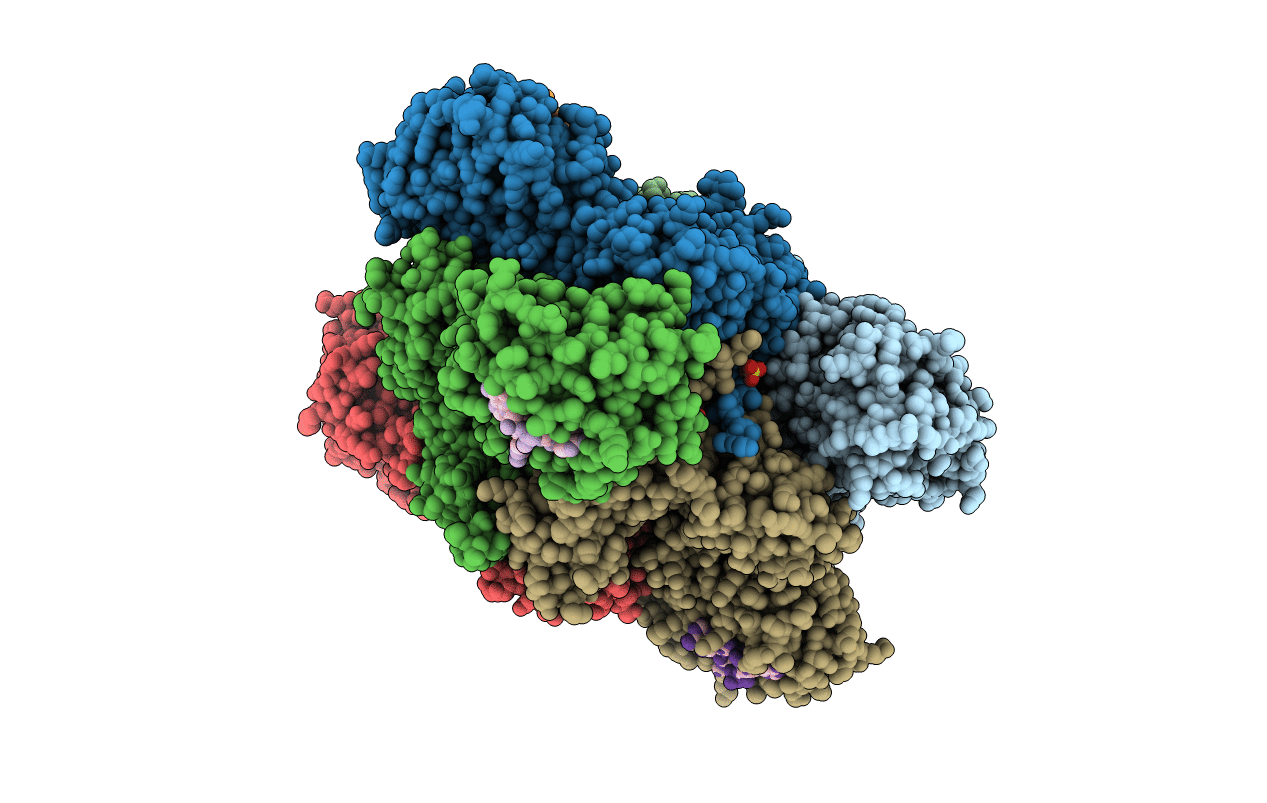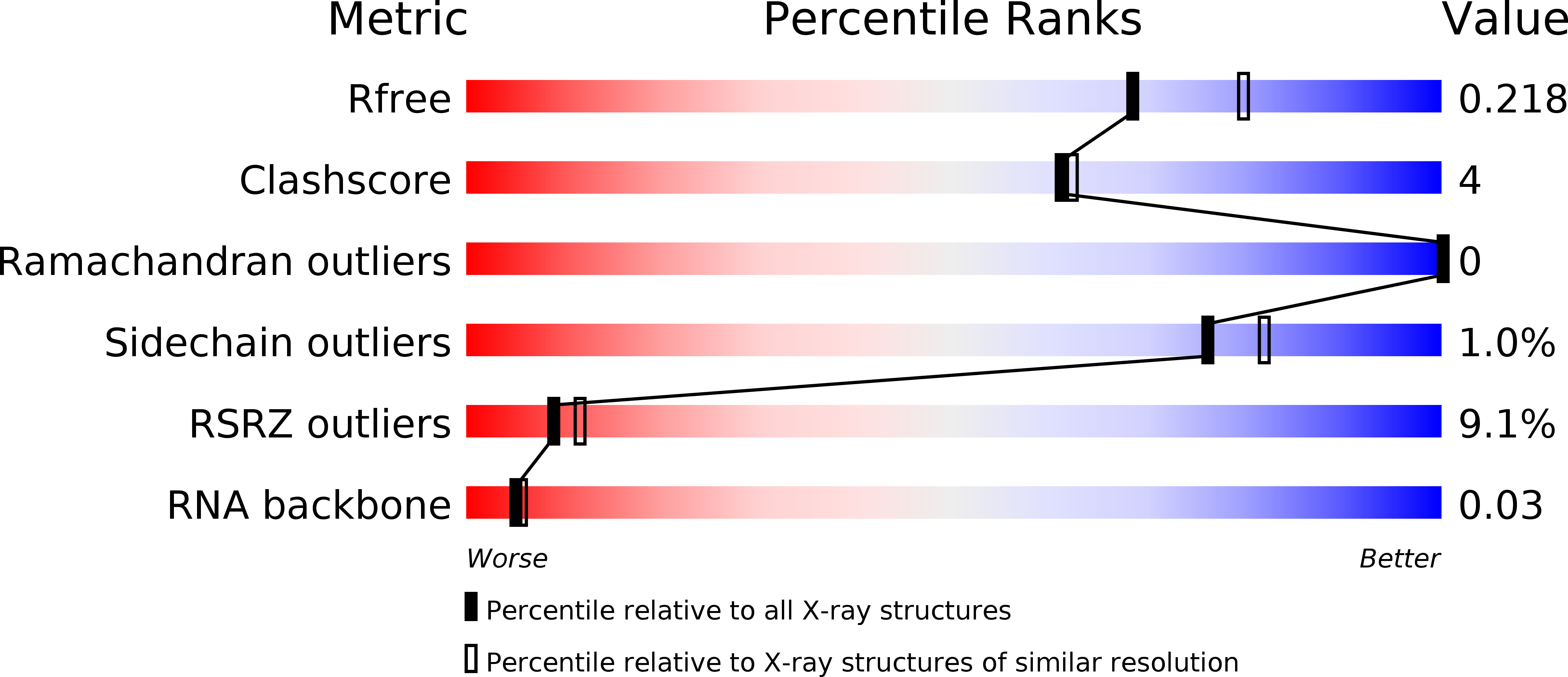
Deposition Date
2020-01-27
Release Date
2020-06-17
Last Version Date
2024-03-06
Entry Detail
PDB ID:
6VM6
Keywords:
Title:
Structure of Acinetobacter baumannii Cap4 SAVED/CARF-domain containing receptor with the cyclic trinucleotide 2'3'3'-cAAA
Biological Source:
Source Organism:
Acinetobacter sp. ATCC 27244 (Taxon ID: 525244)
synthetic construct (Taxon ID: 32630)
synthetic construct (Taxon ID: 32630)
Host Organism:
Method Details:
Experimental Method:
Resolution:
2.10 Å
R-Value Free:
0.21
R-Value Work:
0.18
R-Value Observed:
0.18
Space Group:
P 1 21 1


